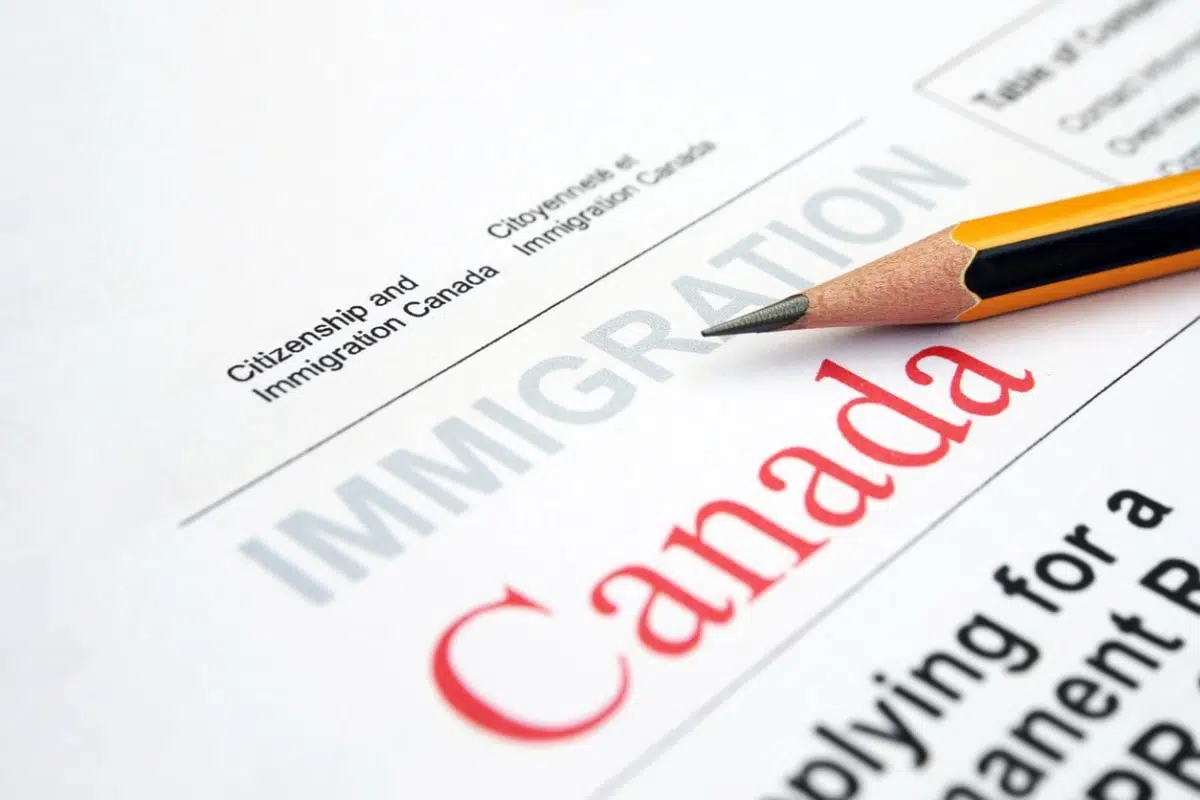Prior to the launch of the Provincial Nominee Program (PNP), the majority of Canada’s immigrants settled in Ontario, Quebec and British Columbia. In the early 1990’s, the Prairie provinces (such as Manitoba and Saskatchewan) and Atlantic provinces (such as New Brunswick and Nova Scotia) were concerned about the low amount of immigration to their regions. The federal government decided to implement the PNP, which launched in 1998. The goal of the PNP was to spread the advantages of immigration across all the provinces and territories of Canada. By 2009, all provinces other than Quebec and Nunavut signed an immigration agreement with the federal government, allowing them to launch their own PNP.
Since the PNP has launched, the Atlantic and the Prairie provinces have benefitted from an increased number of immigrants to their regions.
| Province/Territory | Signing of initial PNP agreement |
|---|---|
| British Columbia | 1998 |
| Alberta | 2002 |
| Saskatchewan | 1998 |
| Manitoba | 1998 |
| Ontario | 2005 |
| New Brunswick | 1999 |
| Nova Scotia | 2002 |
| Prince Edward Island | 2001 |
| Newfoundland and Labrador | 1999 |
| Yukon | 2001 |
| Northwest Territory | 2009 |
How does the PNP work?
The PNP is for foreign national workers who have the skills, education, and work experience to come to Canada and contribute to the economy of a specific province or territory. Each province and territory have their own “stream”, with individualized immigration programs and requirements to target certain groups.
Furthermore, each PNP has at least one immigration stream that is aligned with the federal Express Entry immigration selection system. Under these Express Entry aligned streams, provincial nominations are known as “enhanced nominations”. Enhanced PNP streams are beneficial to the immigration candidate because they award an additional 600 Comprehensive Ranking System (CRS) points, which effectively guarantees the candidate a permanent residence invitation through Express Entry.
Another way to obtain permanent residence is through the “base” stream, which requires applying to the PNP stream directly. Once a candidate obtains a provincial nomination, the federal government will process the permanent residence application.
In 1999, only 477 people were admitted into Canada through the PNP. As the years went on, the number of immigrants that settled in Canada continued to increase. The federal department of Immigration, Refugees and Citizenship Canada (IRCC) releases a new Immigration Levels Plan each year to guide its operations and plan immigration targets. In 2022, IRCC expects to welcome 83,500 immigrations through the PNP, and expects this number to reach 93,000 by 2024.
The PNP is a leading way to immigrate to Canada as a skilled worker and is essential for the provinces and territories to welcome skilled workers from all over the world to bolster their economies.

